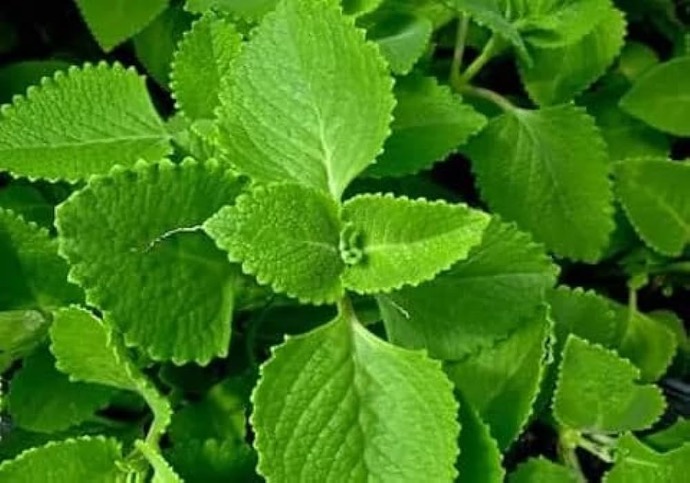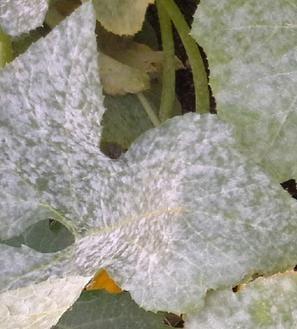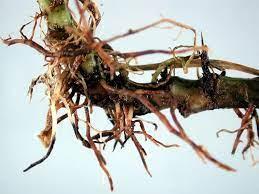Acorus calamus Plant
Vamu, also known as Ajwain or Carom, is a herb with culinary and medicinal uses. Plant in well-draining soil with partial to full sun exposure. Water consistently and harvest leaves for culinary purposes. Pruning can be done to maintain a compact shape and encourage bushy growth.

Habit
Tree
Height
0.3 to 0.6 m
Growth
slow
Soil
Well-drained loamy
Shade
Full Sun
Moisture
Moist
Edible
Yes
Medicinal
Yes
Origin
India, Middle East
Climatic Condition
Tropical, subtropical
Temperature (°)
15 to 30 °C
Humidity (%)
50 to 70 %
Potting media
Sandy loam
Fertilizers
5:10:10 (NPK)
Watering
Moderate
Plant Weight
0.1 to 0.3 kg
Flowering Time
90 to 120 days after planting
Soil Ph level
5.5 to 7.5
Water Ph level
6.0 to 7.5
Soil EC
1.0 to 2.0
Yield Per Plant
200 to 500 gm seeds
NPK ratio
5:10:10
life Span
Annual
Health Benefits
Aids digestion, anti-inflammatory, medicinal properties.
Suggested Grow Media or Potting Mix ?
40% compost, 30% peat moss, 30% perlite
Suggested Fertigation/Fertilizers
Fertilize every 4 weeks with a balanced, water-soluble fertilizer.
Common Diseases and Remedies
Root rot and Powdery mildew.
White powder like substance appear on the leaf . Roots get mushy and smelly.
Locate plants in sunny areas as much as possible, provide good air circulation, and avoid excess fertilizing or use a slow-release fertilizer.
Cinnamon fungicide can be sprayed 2-3 applications in 15days interval. thiram or benomyl can be sprayed
HEALTH BENEFITS
1. Digestive aid: Vamu/ajwain has been used to aid digestion and relieve symptoms of indigestion and bloating.
2. Antimicrobial properties: Vamu/ajwain has antimicrobial properties that can help prevent infections.
3. May help reduce inflammation: Vamu/ajwain's antioxidants and other compounds may help reduce inflammation and improve overall health.
What Is An Vamu Tree?
Vamu, experimentally known as Ajwain or Trachyspermum ammi, is a famous spice developed in India, Iran, Egypt, and Afghanistan. It has a place with the Apiaceae family, which incorporates caraway, dill, and cumin. Vamu is valued for areas of strength for its, smell and taste, which is like thyme however more powerful and somewhat harsh. In customary medication, vamu is utilized to help assimilation, diminish fart, and alleviate heartburn and the runs. It is likewise accepted to have antimicrobial, calming, and pain relieving properties.

What Are The Different Types Of Vamu Plants?
There is just a single types of vamu plant, which is Trachyspermum ammi. In any case, it is known by various names in various locales. In India, it is regularly known as ajwain or ajowan. In Iran, it is known as zanjabil-e-desht, and in Egypt, it is called kamoon al-mulouk. Notwithstanding these various names, they all allude to similar plant species, Trachyspermum ammi.
How to Care vamu Plant ?
1. Location
The vamu plant, otherwise called Ajwain or Trachyspermum ammi, flourishes in warm environments and requires full sun to develop well. It inclines toward very much depleted soil with a pH level somewhere in the range of 6 and 8. Vamu is local toward the eastern Mediterranean area yet is currently developed in many regions of the planet. It tends to be developed both in holders and in the ground, making it reasonable for gardens, spice gardens, and, surprisingly, indoor pots close to a bright window. It is generally dry spell lenient yet profits by standard watering, particularly during dry periods.
2. sunshine
The vamu plant, in the same way as other spices, flourishes in full sun. It expects no less than 6 to 8 hours of direct daylight every day to develop well and produce its sweet-smelling leaves and seeds. Setting the plant in a radiant spot, for example, a south-bound window or outside in a bright nursery, will assist with guaranteeing it gets the daylight it requirements to flourish. Whenever developed inside, it's fundamental to turn the plant at times to guarantee all sides get satisfactory daylight for even development.
3. Soil
The vamu plant, otherwise called Ajwain or Trachyspermum ammi, favors very much depleted soil that is wealthy in natural matter. A loamy soil with great waste is great for vamu development. It's vital to stay away from waterlogged circumstances, as this can prompt root decay. A somewhat basic soil with a pH level somewhere in the range of 6.0 and 8.0 is reasonable for vamu plants. Adding fertilizer or all around spoiled excrement to the dirt prior to planting can assist with further developing soil design and fruitfulness, furnishing the vamu plant with the supplements it necessities to develop well.
4. Hydration
The vamu plant, as most spices, inclines toward normal watering however is generally dry season open minded once settled. It's fundamental for water vamu plants reliably, particularly during dry periods, to keep the dirt equitably wet however not waterlogged. Permit the top inch of soil to dry out among waterings, and afterward water completely. Keep away from overwatering, as this can prompt root decay. Utilizing a layer of mulch around the foundation of the plant can assist with holding soil dampness and decrease the recurrence of watering.
5. Nourishment
To support a vamu plant, furnish it with a decent compost that is wealthy in natural matter. You can utilize a broadly useful manure or one explicitly figured out for spices. Apply the manure as indicated by the producer's directions, generally every 4 a month and a half during the developing season (spring and summer). Furthermore, adding fertilizer or very much decayed compost to the dirt prior to planting can give the plant the supplements it necessities to develop well. Abstain from over-preparing, as this can prompt exorbitant foliage development to the detriment of seed creation.
6.Issues
Aphids, insect bugs, and caterpillars can go after vamu plants. Consistently look at the plant for indications of nuisance pervasion, for example, yellowing leaves or webbing, and treat the plant with a fitting insecticidal cleanser or neem oil if essential. Contagious sicknesses like fine buildup and damping-off can influence vamu plants, particularly in sticky circumstances. Guarantee great air course around the plant and try not to above water to decrease the gamble of parasitic diseases.
What are the Benefits of Vammu Plant ?
1. *Digestive aid*: Vamu is usually utilized in customary medication to help absorption, diminish fart, and alleviate heartburn and loose bowels. It is accepted to assist with working on generally stomach related wellbeing.
2. *Antimicrobial properties*: Vamu has been displayed to have antimicrobial properties, which might assist with fending off hurtful microbes and parasites. It is frequently used to forestall food deterioration and advance sanitation.
FAQs About Growing Vammu
1. How to keep up with vamu plant ?
Vamu plants lean toward customary watering, however they are moderately dry spell lenient once settled. Water the plant when the top inch of soil feels dry, and stay away from overwatering, as this can prompt root decay.
2. what are uses of vamu plant?
Vamu seeds are utilized as a zest in Indian and Center Eastern cooking styles. They have major areas of strength for a, flavor and smell, like thyme yet more strong and somewhat severe. Vamu seeds are many times used to season bread, curries, pickles, and exquisite bites.
3. can I develop vamu plant indoor ?
Indeed, you can develop vamu plants inside, particularly in regions with colder environments where outside development may not be plausible all year. Here are a few hints for growin
4. which pot is best for growing vamu plant ?
Choose a pot that is at least 8-12 inches in diameter and has a depth of at least 8 inches. This will provide enough room for the plant's roots to grow and prevent the plant from becoming root-bound.
5. from where can I shop vamu plant?
You can shop for vamu plants at local nurseries, garden centers, or plant shops that specialize in herbs and spices. Additionally, you can purchase vamu plants online from various retailers and online nurseries. When buying vamu plants, look for healthy plants with vibrant green leaves and no signs of pests or diseases.

